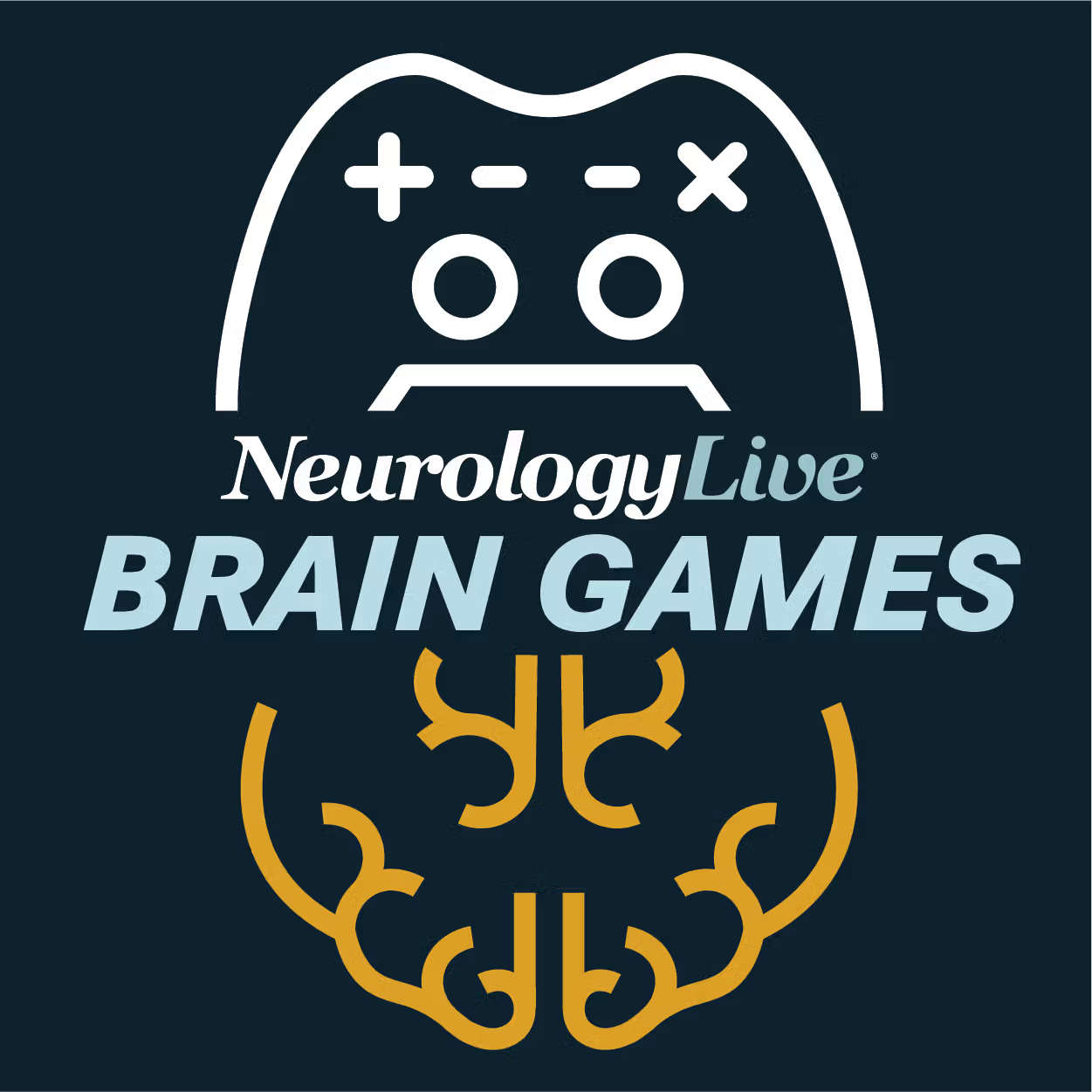News
Article
FAERS Data Analysis Reveals Insights on Safety Profiles of Narcolepsy Treatments
Key Takeaways
- Sodium oxybate had the highest number of adverse drug event reports, with significant psychiatric and sleep-related effects.
- Modafinil was associated with higher rates of fatal outcomes and severe adverse events compared to other narcolepsy treatments.
A recent analysis identified potential safety concerns associated with pitolisant, sodium oxybate, solriamfetol, and modafinil, highlighting distinct adverse event profiles for each narcolepsy treatment.
A recently published pharmacovigilance study leveraged FDA Adverse Event Reporting System (FAERS) data from 2019 to 2023 to assess the safety profiles of 4 major narcolepsy treatments including pitolisant, sodium oxybate, solriamfetol, and modafinil. Published in Frontiers in Pharmacology, findings from this analysis highlighted the variations in adverse drug events (ADEs) that were reported across these medications, with notable concerns related to psychiatric effects, nervous system disorders, and cardiovascular events.1
The analysis included 25,260 patients, with sodium oxybate having the largest number of ADE reports (n = 22,473), followed by solriamfetol (n = 1551), modafinil (n = 656), and pitolisant (n = 580). The majority of these cases involved adult patients, with women reporting adverse effects at more than twice the rate of men for most treatments. The most frequently reported ADEs were anxiety, depression, and sleep apnea, with sodium oxybate contributing the most cases. Notably, patients taking modafinil exhibited a higher rate of fatal outcomes, and pitolisant as well as modafinil were associated with more life-threatening and disabling events than the other 2 drugs.
In the signal detection analysis, researchers identified 50 ADE signals for pitolisant, 640 for sodium oxybate, 40 for solriamfetol, and 72 for modafinil. Across all 4 drugs, psychiatric and nervous system disorders were the most commonly reported adverse events. Notably, suicidal ideation was more prevalent among solriamfetol users, and pitolisant was strongly linked to somnolence, insomnia, and anxiety. Authors noted that modafinil also showed an association with cognitive disorders, hypersomnia, and drug abuse.
Conducted by senior author Li Chen, MD, Department of Pharmacy and Evidence-Based Pharmacy Center, West China Second University Hospital, Sichuan University in China, and colleagues, the study extracted 5 years of FAERS data2 and applied statistical methods such as reporting odds ratio, proportional reporting ratio, Bayesian confidence propagation neural network analysis, and multi-item gamma Poisson shrinker to identify disproportional ADE signals. Investigators noted that the demographic analysis revealed that ADE reports were predominantly from the United States and were submitted by consumers, healthcare professionals, and physicians.
All told, pitolisant, sodium oxybate, and modafinil were primarily associated with anxiety disorders and sleep disturbances, whereas solriamfetol showed stronger links to depressive disorders, suicide risk, and self-injury. Researchers highlighted that sodium oxybate also had high signal scores for sleep apnea syndrome and nephrolithiasis, and that pitolisant was linked to somnolence and insomnia.
Additional findings revealed that sodium oxybate and solriamfetol had notable associations with tachycardia and palpitations, and modafinil had strong signals for cardiovascular and respiratory conditions. Researchers also reported that sodium oxybate was particularly linked to upper airway resistance syndrome and central sleep apnea. In terms of adverse pregnancy outcomes, including spontaneous abortion and fetal growth restriction, modafinil had the strongest association among the 4 treatments. Although sodium oxybate also affected pregnancy-related factors, its impact was primarily on maternal health rather than fetal outcomes.
Given the voluntary nature of FAERS reporting, authors noted that the data is subject to bias, incomplete reporting, and confounding factors such as dosage, comorbidities, and concomitant drug use. Additionally, the lack of denominator data might have prevented accurate incidence estimation, which could necessitate further research through controlled studies.
Overall, this FAERS-based study provided valuable insights into the comparative safety profiles of narcolepsy medications. Despite the majority of observed ADEs aligning with known adverse effects, these findings suggest a need for heightened monitoring, especially in women and those at risk for psychiatric or neurological complications. Authors noted that epidemiological studies and clinical trials may be needed to further validate these signals and refine treatment guidelines for narcolepsy.




